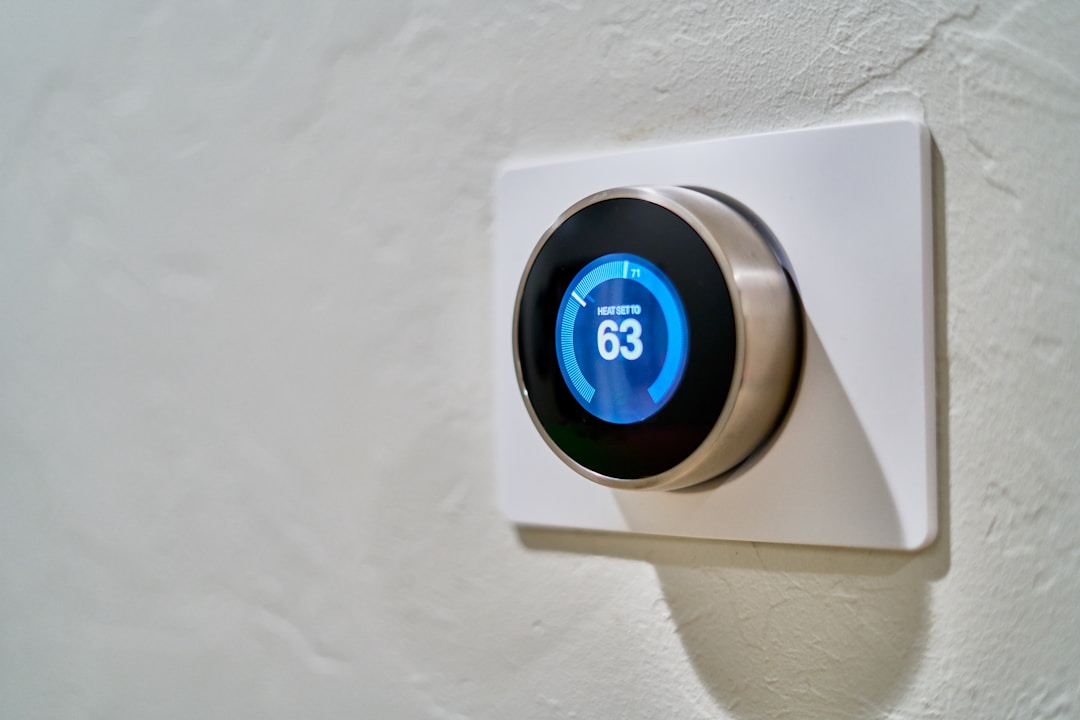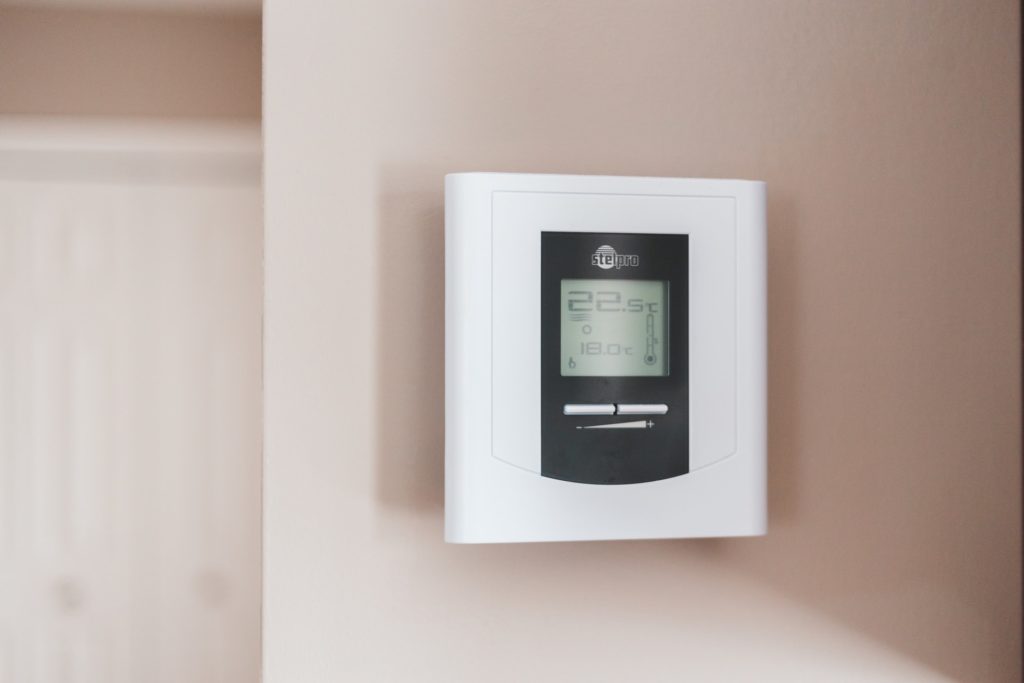As the summer approaches, now are the time for homeowners to check their air conditioners’ functionality and efficiency. By properly preparing the AC unit to handle the hottest months of the year, you and your family are guaranteed to stay comfortable all summer long. But no matter what type of HVAC system is installed, it’s important to remember the do’s and don’ts to follow, ensuring that your AC unit continues running smoothly.
Here we will look at 4 common HVAC issues that homeowners often face and how to avoid them. By keeping these tips in mind, your HVAC system will provide your home with cool air all summer and, ideally, many summers to come.
1. Lack of Cool Air

The number one issue that any homeowner faces is an HVAC system that won’t produce the cold air that it’s supposed to. Luckily, this is also one of the most common HVAC issues you can avoid with proper maintenance. Your first order of business is to double-check your air filters. Many people forget to change their AC unit’s filters every two months, as recommended. When all of the dirt, debris, dust, and other allergens remain in a dirty air filter and ductwork, the airflow is cut off. This stifles the machine’s ability to pump out cool air at the correct temperature.
If you own an older AC unit, another simple solution is to check the refrigerant. Your AC unit may be completely out of this crucial component or have a refrigerant leak. Before you panic, keep in mind that a professional HVAC technician can fix these HVAC issues easily and cheaply.
2. HVAC Stopped Working Entirely
If either your air conditioner or heating system has completely stopped working, it’s possible that you could have an electrical issue. In this case, a technician is definitely needed to conduct a proper equipment inspection. Depending upon the age of the system, lack of maintenance is often the first step towards system breakdown. However, replacement parts, such as an evaporator coil or condenser coil, drain line, or fan switch, are all obtainable for traditional, popular HVAC models.
3. Energy Bills Through the Roof
A common issue that homeowners also face is high monthly energy bills. There may be specific reasons your utilities have gone up, and all are directly related to your home’s energy consumption. Unfortunately, many homeowners don’t even realize how much energy their HVAC is wasting.
As mentioned above, blockages in the air filters heavily restrict airflow. A secondary byproduct of that issue is that most people pump their AC unit to a higher capacity to compensate for the lack of cold air. This puts wear and tear on the machine and lowers the home’s energy efficiency. At the end of the month, the energy costs could be astronomical. For these reasons, changing your air filters is a good idea.
4. Thermostat Doesn’t Match Temperature

As the seasons’ change, many families may notice that the indoor temperature doesn’t match the thermostat’s setting. This is a common HVAC problem that may have the easiest solution of all. Many homeowners with HVAC problems will immediately panic that their equipment has serious and potentially expensive. However, if the thermostat dictates the perceived equipment failure, the thermostat itself may be the issue. As obvious as it may sound, checking the smaller unit’s batteries could cause its erroneous temperature read-out.
Likewise, its connectivity to your HVAC and heating system could be another cause. If this is an ongoing issue, consider installing a programmable thermostat. This relatively new technology can be controlled by your mobile device and works with preference presets to adjust the temperature to your family’s needs intuitively!

